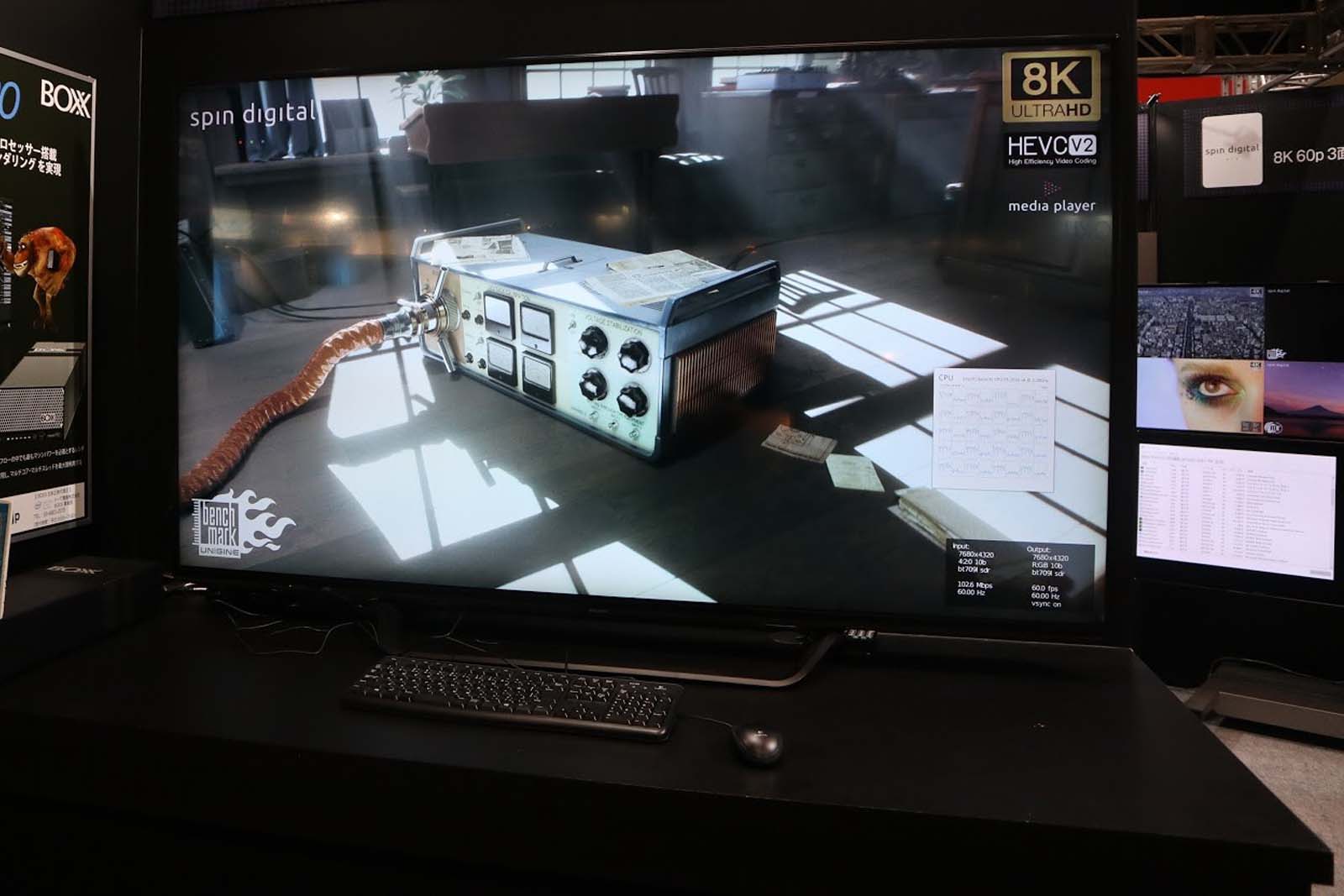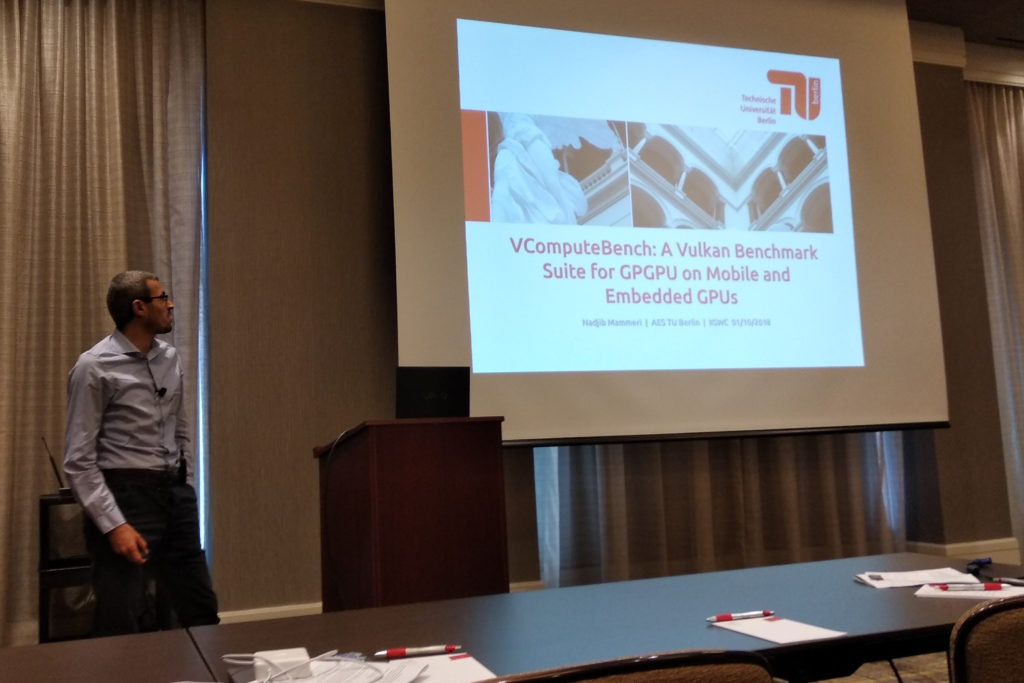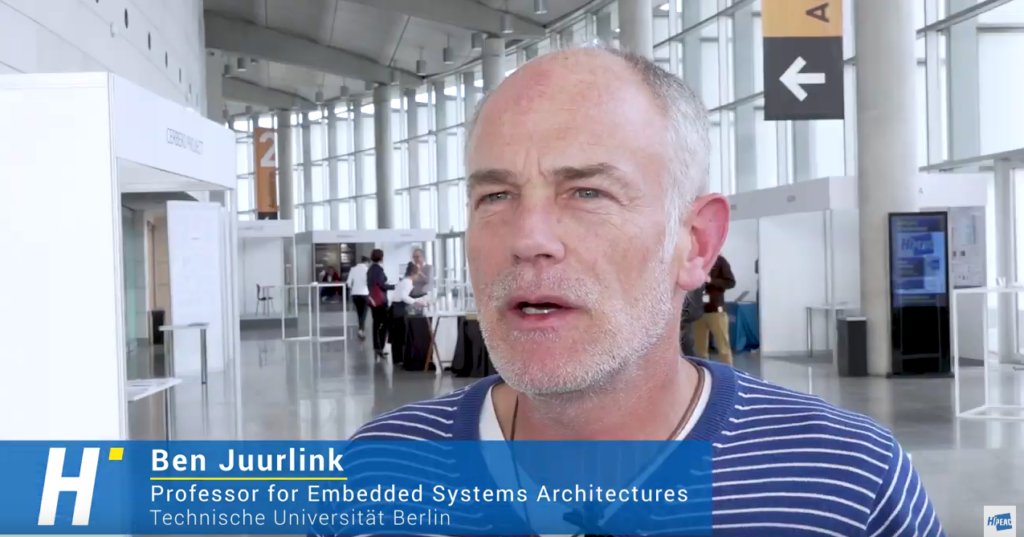 During HiPEAC 2019, Prof Ben Juurlink gave an interview to the HiPEAC Network of Excellence about the LPGPU2 project and high-performance and low-power computing in general. He explained some of the main challenges faced in mobile and embedded computing, highlighted the main achievements of the LPGPU2 project and gave future directions building upon its results. The full interview can be watched here.
During HiPEAC 2019, Prof Ben Juurlink gave an interview to the HiPEAC Network of Excellence about the LPGPU2 project and high-performance and low-power computing in general. He explained some of the main challenges faced in mobile and embedded computing, highlighted the main achievements of the LPGPU2 project and gave future directions building upon its results. The full interview can be watched here.
Prof. Juurlink Interview on high-performance, low-power mobile computing and LPGPU2
Prof. Juurlink Interview to HIPEAC Jobs
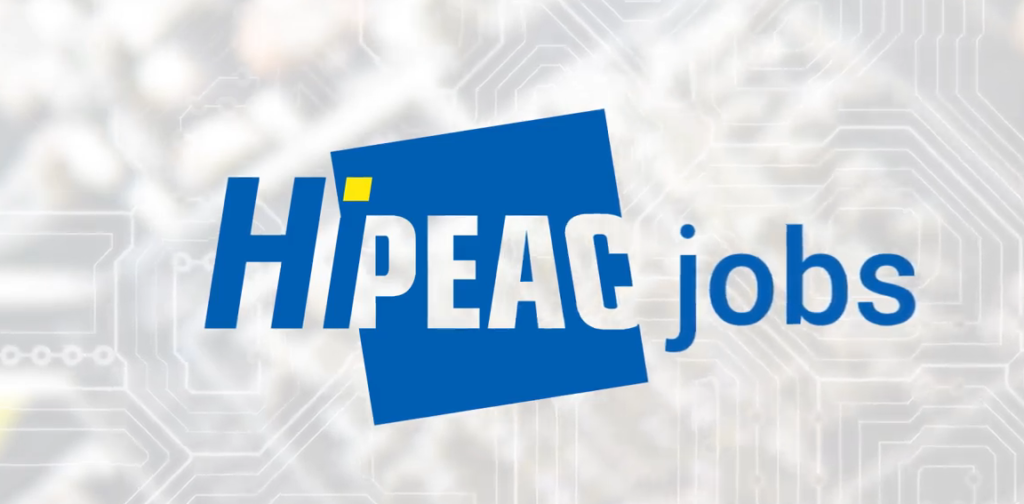 During HiPEAC 2019, Prof Ben Juurlink gave an interview to HiPEAC Jobs explaining why working in embedded systems is so satisfying. Specifically, he delves into why being a professor of embedded systems is such a great job.
During HiPEAC 2019, Prof Ben Juurlink gave an interview to HiPEAC Jobs explaining why working in embedded systems is so satisfying. Specifically, he delves into why being a professor of embedded systems is such a great job.
The full interview can be watched here.
Prof. Ben Juurlink attends two events in Valencia
 Ben Juurlink, professor at Berlin University of Technology and coordinator of the LPGPU2 project, flies to Valencia on Tuesday for two events. First, he is an Advisory Board member of the EU H2020 Tulipp Project and he will attend their final workshop/tutorial. Second, he will give an interview about the LPGPU2 project to Madeleine Gray of the HiPEAC Network of Excellence.
Ben Juurlink, professor at Berlin University of Technology and coordinator of the LPGPU2 project, flies to Valencia on Tuesday for two events. First, he is an Advisory Board member of the EU H2020 Tulipp Project and he will attend their final workshop/tutorial. Second, he will give an interview about the LPGPU2 project to Madeleine Gray of the HiPEAC Network of Excellence.
Jan Lucas successfully completed his PhD defense
 Dipl.-Ing. Jan Lucas successfully completed his PhD defense on Friday 7th December 2018. His thesis title was: “GPU Power Modeling and Architectural Enhancements for GPU Energy Efficiency”. His research significantly contributed to the success of LPGPU1 and LPGPU2 projects. Congratulation Dr. Lucas for your success and we wish you the best in your future!
Dipl.-Ing. Jan Lucas successfully completed his PhD defense on Friday 7th December 2018. His thesis title was: “GPU Power Modeling and Architectural Enhancements for GPU Energy Efficiency”. His research significantly contributed to the success of LPGPU1 and LPGPU2 projects. Congratulation Dr. Lucas for your success and we wish you the best in your future!
LPGPU2 ends with excellent final review
November 27, 2018 the final review of the LPGPU2 project took place at the European Commission in Brussels. The Project Officer and the reviewers were impressed by the results of the project. Some quotes from the preliminary feedback: “… we have seen … also a set of good-quality and convincing demonstrations”, “It is also positive that companies have a clear business interest in the technologies developed in the project, …”, “Overall, the consortium demonstrated a deep know-how of power issues in modern computing architectures.”, “Scientific publications are good, …” and “… it might make sense to continue promoting the open source software.” The last quote is a clear indication that the EC and the reviewers hope that the work will be continued.
Below is a picture of the LPGPU2 team present at the review, but many other persons also contributed to the success of the project. From left to right: Mauricio Alvarez-Mesa (CEO Spin Digital), Nadjib Mammeri (research assistant TU Berlin), Sohan Lal (research assistant TU Berlin), Jan Lucas (previously research assistant at TU Berlin), Ben Juurlink (professor at TU Berlin and coordinator of the LPGPU2 project), Prashant Sharma (Samsung), Martyn Bliss (Samsung, media coordinator of LPGPU2), Thales Sabino (Codeplay), Ignacio Aransay Barreales (Think Silicon), Georgios Keramidas (CTO Think Silicon, technical coordinator of the project), and Haifeng Gao (Spin Digital).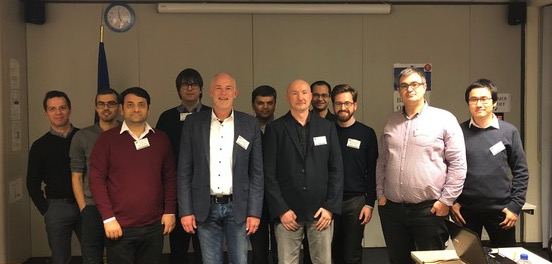
TUB paper accepted at DATE 2019
The paper “SLC: Memory Access Granularity Aware Selective Lossy Compression for GPUs” by Sohan Lal, Jan Lucas, and Ben Juurlink has been accepted for publication at DATE 2019 with a long presentation. The paper proposes a novel memory access granularity aware selective approximation which intelligently trades small accuracy for a higher performance.
DATE is the top scientific event in Design, Automation, and Test of microelectronics and embedded systems for the academic and industrial research communities worldwide. The 2019 edition of the conference will take place from March 25-29, 2019 in Florence, Italy.
More information can be found at https://www.date-conference.com/

LPGPU2 coordinator attends HiPEAC CSW
 Ben Juurlink, professor at Berlin University of Technology and coordinator of the LPGPU2 project, attends the HiPEAC Computing Systems Week (CSW), which takes place from October 29 to 31 in Heraklion on the Greek island of Crete. HiPEAC is a network of excellence of researchers and persons from industry in the area of high-performance and embedded computer architecture and compilation. Among others this network organizes an international conference in January (the next one will take place in Valencia, Spain), computing systems weeks in Spring and Autumn, and a jobs portal. Although no longer travelling on LPGPU2 budget, since the LPGPU2 project has ended, Ben Juurlink will discuss with colleagues and people from industry if some of the results of the LPGPU2 project can be exploited in follow-up projects. Among others, during the CSW, the upcoming ICT01 program of the European Union will be presented by the European Commission.
Ben Juurlink, professor at Berlin University of Technology and coordinator of the LPGPU2 project, attends the HiPEAC Computing Systems Week (CSW), which takes place from October 29 to 31 in Heraklion on the Greek island of Crete. HiPEAC is a network of excellence of researchers and persons from industry in the area of high-performance and embedded computer architecture and compilation. Among others this network organizes an international conference in January (the next one will take place in Valencia, Spain), computing systems weeks in Spring and Autumn, and a jobs portal. Although no longer travelling on LPGPU2 budget, since the LPGPU2 project has ended, Ben Juurlink will discuss with colleagues and people from industry if some of the results of the LPGPU2 project can be exploited in follow-up projects. Among others, during the CSW, the upcoming ICT01 program of the European Union will be presented by the European Commission.
TUB Research at MICRO 51 ACM SRC
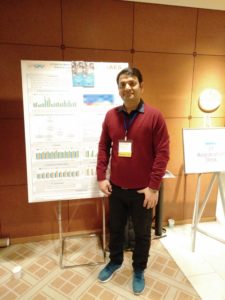 Sohan Lal presented his research conducted in the context of the LPGPU2 project as a poster at the 51st International Symposium on Microarchitecture (MICRO 51) in the ACM Student Research Competition. The poster was one of the six posters selected for the semi-final round. The poster presents a case for memory access granularity aware selective lossy compression for GPUs which is motivated by the observation that several state-of-the-art lossless memory compression techniques suffer due to large memory access granularity exhibited by GPUs. Sohan Lal also distributed LPGPU2 pamphlets to the attendees of the conference and provided an overview of the work done by the consortium. MICRO is the premier forum for presenting, discussing, and debating innovative microarchitecture ideas and techniques for advanced computing and communication systems.
Sohan Lal presented his research conducted in the context of the LPGPU2 project as a poster at the 51st International Symposium on Microarchitecture (MICRO 51) in the ACM Student Research Competition. The poster was one of the six posters selected for the semi-final round. The poster presents a case for memory access granularity aware selective lossy compression for GPUs which is motivated by the observation that several state-of-the-art lossless memory compression techniques suffer due to large memory access granularity exhibited by GPUs. Sohan Lal also distributed LPGPU2 pamphlets to the attendees of the conference and provided an overview of the work done by the consortium. MICRO is the premier forum for presenting, discussing, and debating innovative microarchitecture ideas and techniques for advanced computing and communication systems.
This year MICRO was held in Fukuoka, Japan from 20th to 25th of October.
For more information about this year’s MICRO, please visit:
Spin Digital presents recommended systems for 8K playback
Spin Digital Media Player (Spin Player) is based on a highly optimized HEVC decoder and video rendering engine. This software solution allows to play 8K video using compact and cost-effective PC systems.
Spin Digital has published a set of recommendations of PC configurations for 8K video playback, and we also describe 8K display set-ups using commercially available 8K TVs and monitors. Read more »
TUB Research at IISWC 2018
Nadjib Mammeri presented his current research conducted in the context of the LPGPU2 project at the 2018 IEEE International Symposium on Workload Characterization held in Raleigh, North Carolina, USA. He presented a paper titled “VComputeBench: A Vulkan Benchmark Suite for GPGPU on Mobile and Embedded GPUs”.
The IISWC symposium is dedicated to the understanding and characterization of workloads that run on all types of computing systems. The symposium, sponsored by IEEE Computer Society and the Technical Committee on Computer Architecture, focuses on characterizing and understanding emerging applications in consumer, commercial and scientific computing.
For more information about this year’s program, please visit:
http://www.iiswc.org/iiswc2018/index.html

